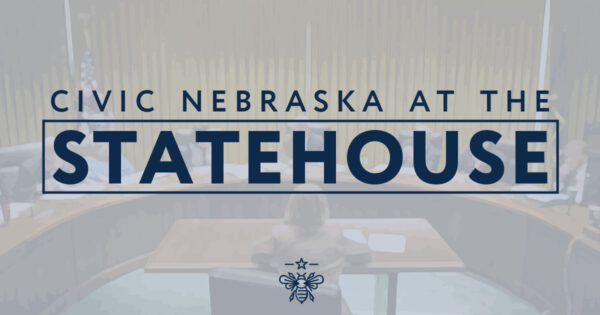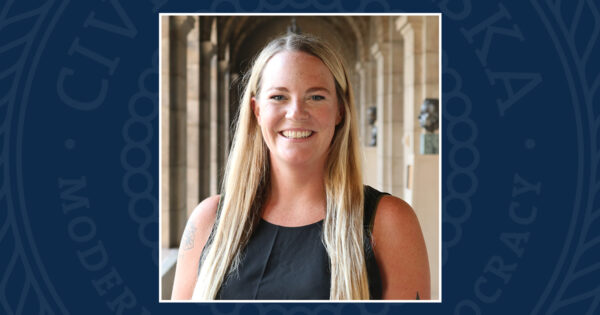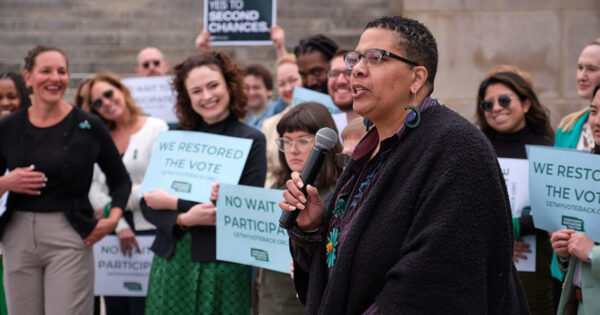In June, Civic Nebraska launched TROVE, the Tool to Reflect Overall Voter Engagement. This tool provides a detailed look at voter turnout at the local level, and we’ve loved hearing how you’ve been using it in your work.
As we dive deeper into the data, more insights continue to emerge. This post will share the patterns of voter turnout in Lancaster County census tracts and how poverty, median income, housing tenure, and education correlated more strongly with voter turnout within the county than at the state level.
 As Lancaster residents explore the data, it’s important to reflect on the common reasons people report why they don’t vote – feelings of alienation and apathy – and factors like income, race, and housing might correspond to those feelings.
As Lancaster residents explore the data, it’s important to reflect on the common reasons people report why they don’t vote – feelings of alienation and apathy – and factors like income, race, and housing might correspond to those feelings.
First looking at the geographic distribution of voter turnout in Lancaster County, the north and west urban core of Lincoln had the lowest voter turnout rates, with the highest turnout found in the eastern and southern suburbs, rural Lancaster County, and the Country Club neighborhood.
Correlating factors
Civic Nebraska analyzed voter turnout by census tract against several demographic and economic factors. In Lancaster County, the factors that correlated most closely with high voter turnout were low poverty, high median household income, high percentage of the population with high school degrees, and percent of housing units that are owner-occupied.
These findings are somewhat different than the state of Nebraska as a whole – where poverty, median income, and housing tenure did not correlate as strongly with voter turnout as other variables like percent white householders, percent Hispanic or Latino householders, and percentage of the population with high school degrees.
Among the factors tested, the strongest predictor of voter turnout by census tract in Lancaster County was the concentration of people with income below the poverty level. The data point to a general trend that for every 10% increase in the poverty rate in a census tract, an 8.5% decrease in voter turnout could be expected.

The median income of census tracts also had a relatively strong relationship to voter turnout in Lancaster County. Interestingly, a wide variation of voter turnout was found in census tracts with a median annual household income between $40,000 and $50,000. For example, the Union College and Holmes Lake areas have similar median household incomes to Clinton, Hartley, and South Salt Creek neighborhoods, but the former have significantly higher voter turnout. Some of this difference may be explained by the difference in the poverty rate for these areas.

A similar correlation exists between the percentage of a census tract population with a high school diploma or higher education, with higher rates of high school completion in a population correlating positively with voter turnout. For every one-percent increase in the proportion of the population with a high school degree, we could expect a roughly 1.5% increase in voter turnout. A high school diploma was also one of the top correlating factors at the state level.

Other factors worth mentioning include the percentage of units that are renter occupied and the concentration of householders who identify their race as white. Higher rates of renter-occupied units tended to correlate with lower voter turnout. Census tracts with higher rates of white householders tended to have greater voter participation. Census tracts with higher percent black and percent Hispanic or Latino householders tended to have lower voter turnout in Lancaster County, while the percent of Asian and American Indian householders did not have a significant correlation, likely due to their relatively smaller population sizes. At the state level, the percent of white householders was the factor with the closest relationship to high voter turnout.


Conclusion
Each of the above demographic and economic characteristics has been shown to relate to voter turnout to varying degrees. It’s less likely the case that any one characteristic explains differences in voter turnout rates as it is that each relationship points toward a factor influencing a person’s decision to cast their ballot or sit the election out. Non-voters tend to agree much more with the sentiments that 1) voting has little influence on how decisions are made; 2) their lives will be more or less the same regardless of who is elected; 3) politics do not interest them; and 4) they do not like the candidates.
In addition, non-voters tend to associate more with other non-voters. A 2020 Medill/NPR/Ipsos poll showed only 28% of non-voters said that most of their friends and family voted, compared to 80% for voters. Those interested in increasing voter turnout in Lancaster County can reflect on how factors such as poverty, housing tenure, education, and race might contribute to these sentiments and what strategies could help assure all voters that their participation in elections matters.




